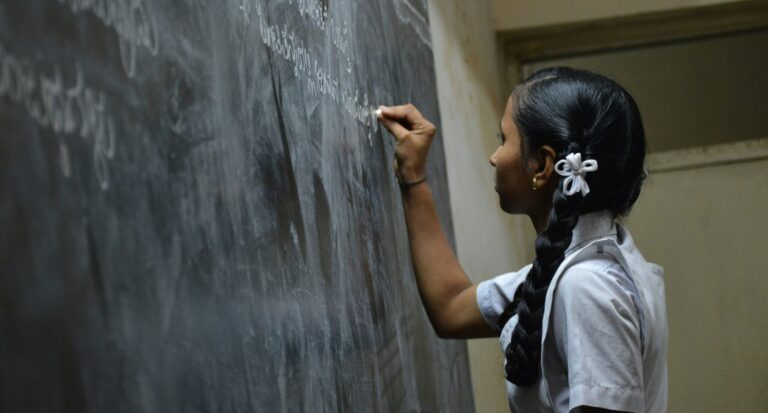What is Data Visualization?
In the dynamic landscape of education, where every child’s learning journey is unique, innovative approaches enhance learning outcomes.
One such powerful tool is Data Visualization (a graphical representation of information and data).
Instead of presenting raw data, visualization tools provide an accessible way to see and understand trends, patterns, and insights. It’s like telling a story with visuals, making complex information easier to comprehend and analyze.
Using Data Visualization for education in India
Data visualization can revolutionize the educational experience for students, making learning more engaging, accessible, and effective.
In a country as diverse as India, with its vast socio-economic disparities and varied educational backgrounds, personalized learning experiences are crucial.
Here, data visualization plays a pivotal role by presenting information in visually appealing formats such as charts, graphs, and infographics. By transforming abstract data into easily digestible visuals, it enables educators to tailor their teaching methods according to each child’s needs, ensuring inclusivity and accessibility.
Primary challenges in Indian education sector
One of the primary challenges in the Indian education system is the language barrier, especially for children from non-English speaking backgrounds.
Data visualization transcends linguistic barriers by presenting information graphically, making it comprehensible to students regardless of their language proficiency.
This inclusivity fosters a conducive learning environment where every child, irrespective of their linguistic background, can actively participate and grasp complex concepts with ease.
Moreover, Data Visualization enhances retention and comprehension by tapping into the innate human capacity for visual processing.
Studies have shown that visual aids significantly improve learning outcomes by stimulating multiple senses and facilitating better information retention. In the context of India, where rote memorization has long been a prevalent teaching method, embracing data visualization encourages critical thinking and conceptual understanding, thus fostering a generation of analytical thinkers equipped to tackle real-world challenges.
How will it help Teachers and Parents?
Data Visualization also serves as a powerful tool for educators to track and monitor student progress effectively. By analyzing visual data representations, teachers gain valuable insights into individual learning trajectories, identifying areas of strength and areas that require additional support.
This data-driven approach enables targeted interventions, personalized feedback, and adaptive teaching strategies tailored to each child’s unique learning pace and style.
In addition to aiding classroom instruction, data visualization also extends to parental engagement and involvement in their child’s education. Through interactive dashboards and progress reports, parents gain visibility into their child’s academic performance, enabling meaningful conversations and collaboration with teachers to support their child’s learning journey effectively.
This collaborative partnership between educators, students, and parents forms the cornerstone of a holistic education ecosystem conducive to academic success and personal growth.
Conclusion
Beyond traditional classroom settings, the advent of digital learning platforms and e-learning resources further amplifies the impact of data visualization on child education in India. Interactive simulations, virtual labs, and educational games enriched with visual elements not only make learning more engaging and immersive but also cater to diverse learning preferences and styles. In a digital era characterized by information overload, data visualization serves as a navigational tool, guiding students through complex concepts and facilitating deeper understanding amidst the deluge of information.
Data visualization has emerged as a catalyst for transforming the landscape of child education in India. By harnessing the power of visuals to simplify complexities, foster inclusivity, and promote active learning, educators can unlock the full potential of every child, paving the way for a brighter and more prosperous future. As we embrace innovation and adaptability in education, let us harness the transformative power of data visualization to ignite a passion for learning and empower the next generation of leaders, thinkers, and innovators in India.


